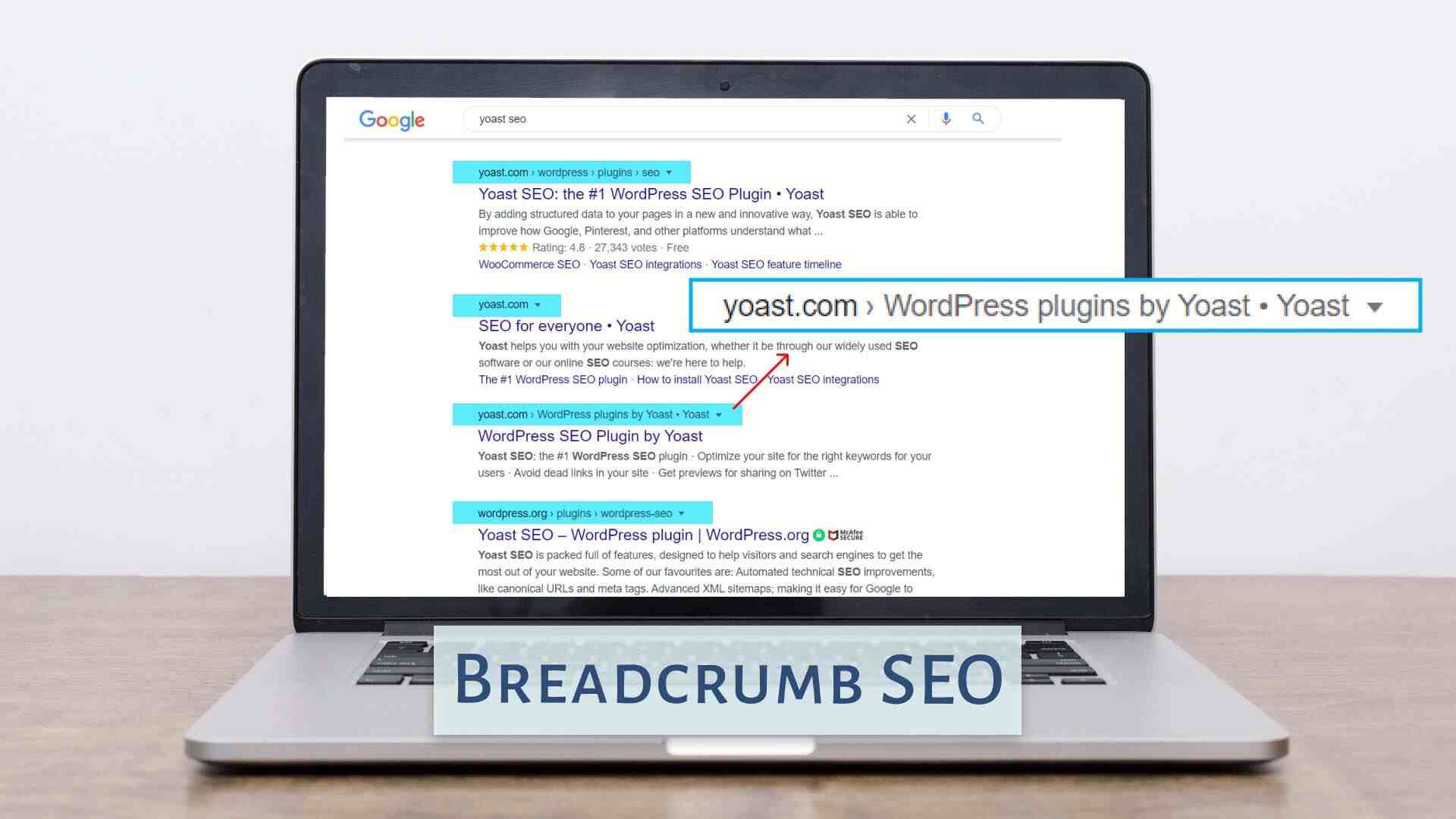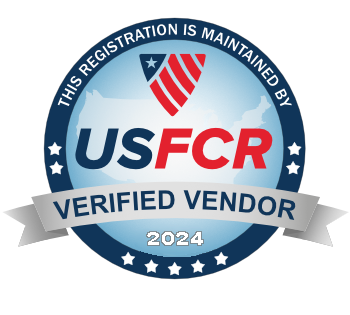Implementing online reputation management best practices can help you improve brand awareness, customer satisfaction, and relationships with stakeholders by helping you build a strong online presence. A positive brand reputation can boost traffic, sales, and customer base by optimizing your organization across multiple online platforms and aligning your content with search engine algorithms, all without compromising your business goals.
Why Does Reputation Management Matter?
Most people make purchases online and offline after a thorough check of online reviews. Research shows that 82% of customers are likely to shy away from products and services that have negative reviews. As of 2023, the number of digital buyers stands at a staggering 2.64 billion. Needless to say, the consequences of a negative online presence on your business can be huge.
In light of these dynamics, employing online reputation management best practices emerges as not just a suggestion but a vital strategic move. It is through these practices that businesses can adeptly navigate the intricacies of the modern consumer landscape, securing their brand image and fostering trust among their audience.
Categories of Reputation Management
1. Proactive Reputation Management
Mitigating negative reviews and cyber attacks can save you energy, effort and of course, money. This is especially true for new businesses that are creating their positive identity and want to maintain its reputation from the very beginning. Such a management plan primarily involves promoting awareness for your brand, and prompt, appropriate response to negative content to prevent lingering of an unfavorable comment.
2. Reactive Reputation Management
Responding to a circulative negative review must be well calculated, concise and direct. A time bound reaction helps reduce the impact of an unflattering review, Utilizing reactive reputation management technique helps to own the narrative, and project the company as a responsible and reputable brand.
We Value Reputation,
Let’s Rebuild Yours.
A Positive Reputation is Priceless. Value and Protect It.
What Are Best Practices for Managing Online Reputation?
Take a proactive stance towards online reputation management best practices, by encouraging the right content for your brand and suppressing negative reviews can be a deal breaker towards achieving your business goals.
1. Perform a Reputation Audit
Timely assessments and thorough analysis of your cyber presence helps to identify potential problems early on. This significantly reduces the risk of having to face major reputation issues. An audit also helps understand how customers feel about your brand, and to revise the quality of products and services you provide.
2. Utilize Earned, Paid, and Owned Media
Media is a powerhouse you can leverage to your advantage by networking with the right people, through the right platforms. You can promote your brand through business coverage, positive reviews and mentions by users, paying for advertisements, SEMs, and social media accounts you own,
3. Build Media Relations
Fostering good rapport and relationship with media is vital in an age when choices are influenced by a variety of seamless content: from smallest to the largest, in print and on screen, whether static images and infographics or dynamic animations and recordings. It improves brand awareness, trust and creates a buzz among the page visitors, that turn from potential to proven clients.
-
Conduct Interviews with Company Executives
Interviewing executives can help to improve a company’s image by showcasing its value, transparency, and trustworthiness.. Through conversations on expertise and experiences, via print or podcasts, it amplifies your brand presence and thought leadership.
-
Publish Online Press Releases
Sharing important updates and news about the brand helps create positive media coverage and positions us as an established company. It is important to keep the press releases concise and newsworthy, with strong headlines and keywords.
-
Organize Branded and Charitable Events
A company that is committed to give back to the community is a company that builds goodwill. Through charitable events and partnerships, you improve your chances of positive media coverage, and in turn, better relationships with current and potential customers.
 Source: Unsplash
Source: Unsplash
-
Establish Influencer Partnerships
Collaborating with the right individuals that reflect the values, quality and relevance of your brand is a trend with returns. Establishing relationships with respected influencers in the industry helps to reach a wider audience.
4. Invest in Search Engine Reputation Management (SERM)
Investing in SERM is a holistic and long-term investment in overall brand health. Protecting a brand from bad publicity can be achieved through several plans and platforms.
-
Optimize Website Content
Ever evolving search engine algorithms like quality, relevance and popularity form the crux of what steps to follow and the kind of content to create for better online visibility. Several factors like keyword density, sentence structure and lengths, simplicity and semantics of language have significant impact on search engine visibility.
-
Publish Articles and Blog Posts
Rather than seeming like a pushy seller, being a source of expertise and information creates an element of interest and organic audience. Engaging with visitors and customers via interactive, valuable, regularly updated content and timely response to comments and questions maintains a momentum of communication and interest.
Internal Image -
Engage in Forums
Active engagement in forums encourages participation and interaction between the company and a potential consumer, and is a means to monitor your mentions. This off-page SEO technique is a great way to generate traffic, get diverse backlinks, and also share valuable opinions and information.
-
Guest Posts on High-Quality Websites
Guest blogging can be a quality-backlink- building strategy through high standard content showcasing your expertise. This helps expand customer base and credibility. The most efficient way to incorporate this strategy is by targeting the right audience, quality pitching to a reputed website, and following up by responding to queries and comments.
-
Claim and Optimize Relevant Third-Party Listings
A recent viral post about the intelligently named restaurant “Thai food near me” in NYC explains this approach. Verifying your business with multiple online third party listings, optimizing your online presence in them, and regular monitoring to ensure accuracy of brand information and reviews help generate leads and attract potential customers. Some favorite third party listings are Google My business (GMB), Capterra, Glassdoor, and Trustpilot.
5. Encourage Customer Reviews
We have shifted from asking recommendations from our intimate social circle, to trusting online reviews for nearly all consumable products and services. Publishing reviews about user experiences makes our brand look real, reliable and improves rankings, and worth encouraging.
-
Monitor and Manage Review Sites
To maintain a net positive brand reputation, it is important to stay attentive to feedback on online platforms. This is an opportunity to understand the market insights, and gives a first-hand account of the pain points of the customers.
-
Respond to Reviews
Responding promptly to reviews, both positive and negative, shows that a company is responsible, humanistic, and credible. It also shows that the company takes its buyers seriously. Going beyond automated responses makes people believe that you are committed to customer satisfaction.

Source: Pexels
6. Prepare a Crisis Communication Plan
As part of effective online reputation management best practices, organizations need to have a flexible plan ready to go in case of an unprecedented reputation crisis. This crisis communication plan serves as a principle of directions to identify, assess, and analyze a problem, and include steps for communicating with stakeholders and recovering.
-
Utilize Customer Sentiment Analysis
Reputations thrive when businesses take the time to understand customer opinions and sentiments through social media mentions, and proactively conducted surveys. Timely responses to customer concerns demonstrate that their issues are important and are being heard.
-
Image Sentiment Analysis
Issue Public Statements: Addressing significant mishaps transparently makes the organization portray qualities like taking responsibility and being up front about a difficult situation. Issuing public statements that includes apologizing for an error, communicating with the stakeholders, and clarity about the action plan builds a strong reputational capital, even post-crisis.
7. Leverage ORM Tools and Software
When online reputation management tools and software are optimally utilized, they prove to be valuable assets. These techniques make it possible to automate and streamline tasks that improve your cyber reputation customized to your business goals and budget.
Overview: 6 Steps for Mastering Online Reputation Management Best Practices
Promoting your business and protecting your reputation requires consistent and mindful strategizing. By using the right tools and tactics, some of which have been discussed below, you can own your narrative and navigate through negative reviews with ease.
1. Monitor and Manage Online Mentions
Stay attentive and informed about discussions and mentions of your reputation. Audit, identify, and take action on content that can be detrimental to your brand
2. Build Social Proof
Highlight testimonials, reviews, case studies, and awards/certifications to build a credence on social media. Use this as a powerful tool to create an iconic and legitimate brand base.
3. Promote Positive Content
Control how your brand is perceived by suppressing negative reviews and promoting positive content through thought leadership, forums, guest posts, and high quality articles.
4. Collaborate
Collaborating encourages new ideas, enhances credibility and reaches a wider audience. Effective ways to achieve these are via Co-marketing, PR, Media Events, Feature Interviews, among others.
5. Engage in Social Media Listening
Pay attention to brand sentiment, analyze any media mentions and engage with the audience and make optimal use of social media to enhance your brand power.
6. Respond to Negative Media Coverage
Negative press coverage has to be handled promptly and professionally. Timely and transparent communication directly addressing the issues mitigates long term consequences.
Frequently Asked Questions on Online Reputation Management Best Practices
1. What are the pillars of reputation management?
Proactive: monitoring online presence and identify potential issues
Responsive: timely response customer feedback with willingness to engage
Promote: via quality content, SEOs, SEMs, and collaborations
Excellence: in presence, products, and customer service
2. What are the best techniques used in online reputation management?
Organic Search Engine Optimization, Social Media and Forum Management, Collaborating through events and influencers, and Encouraging Customer Feedback
3. What are the 4 tips to manage online reputation easily?
Online Reputation Management can be easily tackled by Proactiveness in monitoring your brand, Transparency with customers and stakeholders, Consistency in content management and Effective use of social media.
4. What is your one best practice for reputation management?
Maintaining a net positive online presence through monitoring of media mention, suppression of negative content, promoting presence through reputation management tools.
5. Who is responsible for reputation management?
The responsibility for maintaining effective online reputation management best practices can vary depending on the size and structure of an organization. However, there are some key roles that are involved in reputation management: The CEO, the customer service team and the legal team.
6. What are the different stages of crisis management?
Pre-crisis- Preparedness: Identify risks and plan mitigation strategies
During Crisis- Assess threat and implement the crisis management plan
Response- Adapt to the situation, communicate with employees and stakeholders
Post- Crisis- Evaluate cause of crisis and effectiveness of management; revise plan as needed
7. What is the difference between crisis management and reputation management?
Crisis management is the process of mitigating, managing, and responding to an emergency. The plan includes strategies to prevent, prepare for and minimize the impact of the crisis.
Reputation management is the process of building and maintaining a positive reputation and ensuring the brand is perceived in a positive light to its stakeholders.
Take charge of safeguarding your Intellectual Property.
Act now to secure your innovations.













Comments are closed.